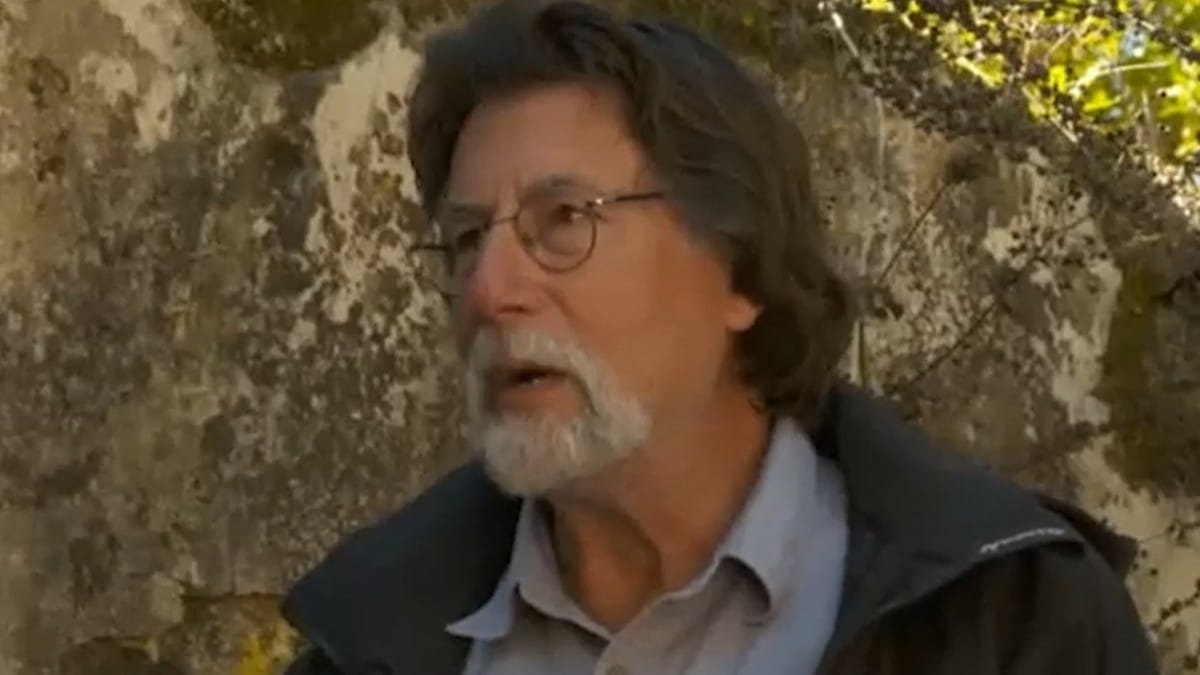
This week on The Curse of Oak Island, it was all about Portugal and the Templar Knights as the team continued their Portuguese odyssey, searching ancient buildings and examining artifacts that could be linked to Oak Island.
Rick and Alex Lagina, Doug Crowell, and Peter Fornetti relied on Oak Island theorist Corjan Mol and some local historians to guide them around various ancient sites in Portugal. They were shown three separate sites, all of which showed mounting evidence that Oak Island’s history has somehow become intertwined with Portugal and the Templars.
Firstly, the team was taken to the Convento de Cristo, a church and Templar stronghold in Tomar, Portugal, that had been built in the 12th century. This massive complex was packed full of exciting stuff, but Corjan was most interested in the aqueduct drainage system, which he believed was an inspiration to whoever constructed the finger drains at Smith’s Cove.
This link might be construed as a bit tenuous, but Corjan had more. On the now faded original church gate, there was an engraving of a cross surrounded by four dots, just like a symbol found on the HO stone on Oak Island.
The HO stone is a fragment of a boulder on Oak Island that is thought to have marked the treasure’s whereabouts but was accidentally blown up in 1921. Last week, the guys encountered another O-shaped symbol with a dot in the center, which also appears on the HO stone.
The team then traveled to a military museum in Lisbon. They were armed with replicas of the two mini-cannonballs found on Oak Island and wanted to see if the museum’s armory could match the cannonballs to one of their cannons.
Two museum employees immediately confirmed that the two cannonballs were Portuguese in origin; in a previous episode, a chemical expert had already told the guys that the ball’s composition indicated a Portuguese origin.
The guys found the exact cannon type, and Alex inserted the ball to confirm they had the right style of weapon. The cannon was from the 14th/15th centuries and was mostly mounted on the deck of a ship, but crucially, the museum experts said the gun could be easily removed and brought onto an island.

Initiation well for freemason ceremonies looks like Oak Island Money Pit
Finally, the guys visited Quinta da Regaleira, a castle in the historic old town of Sintra, which was built in the very recent 19th century, but all based on older styles of design. It was here that Rick and the others were led into an initiation well.
This structure was reportedly built so the castle’s owner, a freemason called Carvalho Monteiro, could conduct initiation ceremonies related to old Templar and freemason rituals.
Doug was fascinated by how the well seemed to match the size and design of the description of the original Money Pit.

Back on Oak Island, the guys find a suspected road
Meanwhile, back on Oak Island, the remaining members of the team haven’t been sitting around idle. Marty Lagina managed to obtain permission to excavate lot 15 to follow up on the ground-penetrating radar scan conducted by Alex earlier this year. At that time, Alex concluded that he had found an extension to the cobblestone road found in the swamp.
Marty borrowed Billy Gerhardt’s digger and got to work almost immediately uncovering a lot of cobblestones, which had clearly been placed there by human hands. They concluded that it could be a continuation of the stone road but would need further investigation.

The Curse of Oak Island airs Tuesdays at 9/8c on History.
Two words: Association Fallacy. Folks might want to look that up before falling for the nebulous connections made by this show. As for the “finger drains”, Robert Dunfield dug them up in the 1960’s, found that they didn’t extend past the beach and could not possibly be related to any fictional “flood tunnels”. No, simple geology explains finding water when you dig a hundred feet down on an island above the Windsor Formation. The more logical explanation for the finger drains has them being remnants of an old salt works. But unfortunately for this show… Templars didn’t make salt.
This show is getting seriously boring!!!!!! I think I speak for many fans that we are tired of all the repeat dialog just to eat up time. They have spent three week on getting to one whole. Get on with it. BORING!!!!!
Joe Scales, just wondering where you got that information from about Dunfield and the box drains.